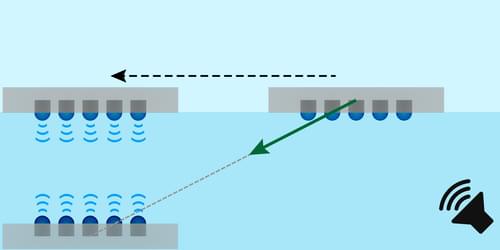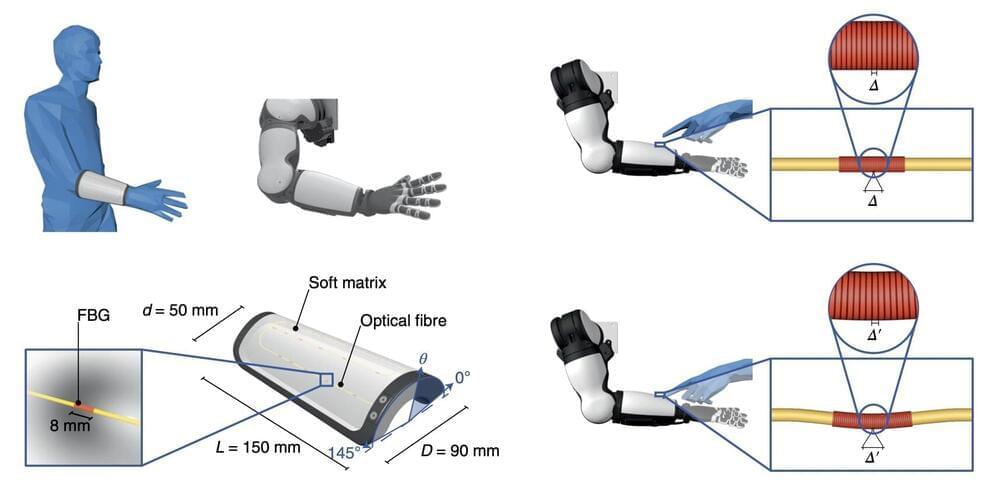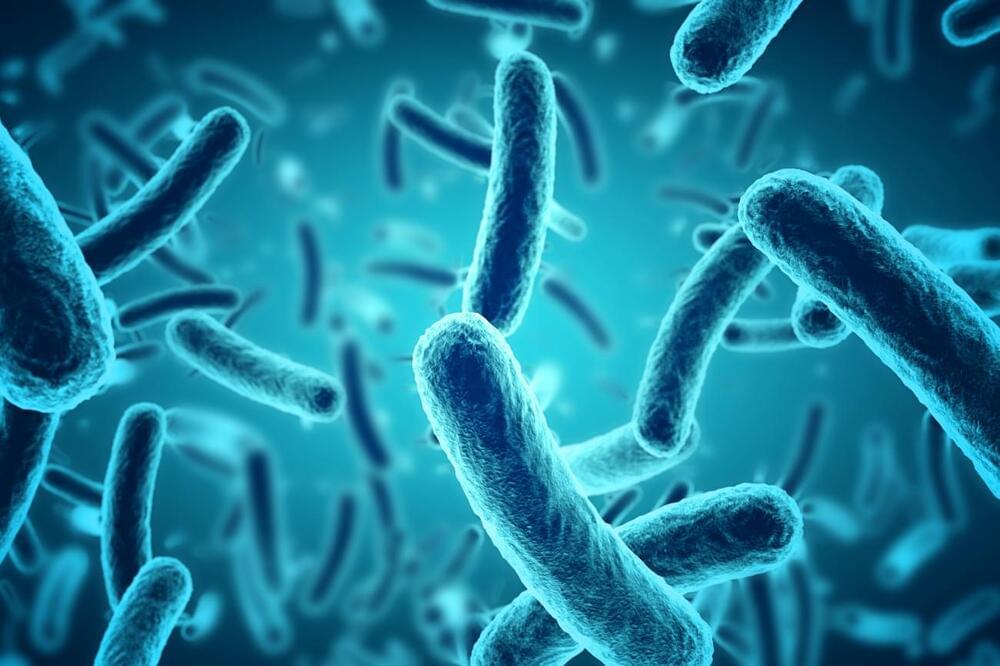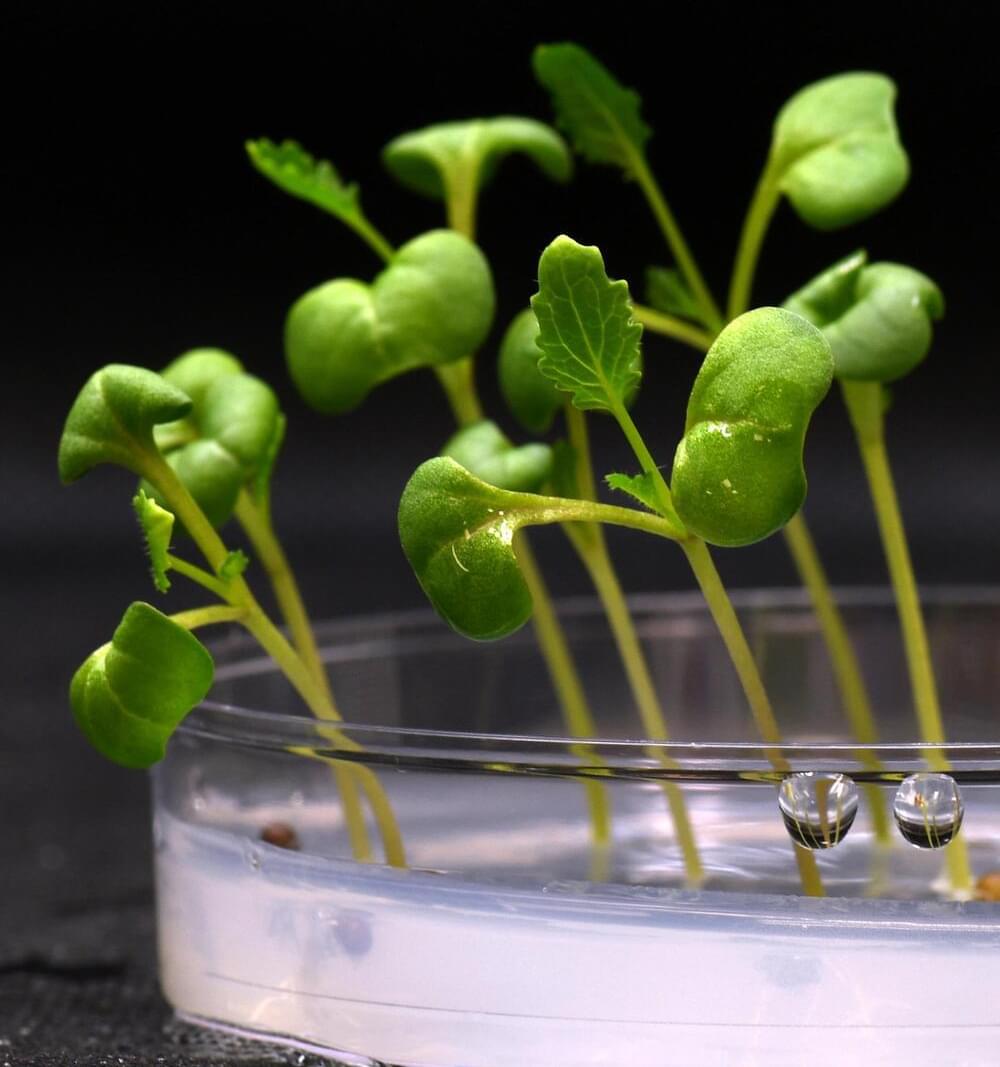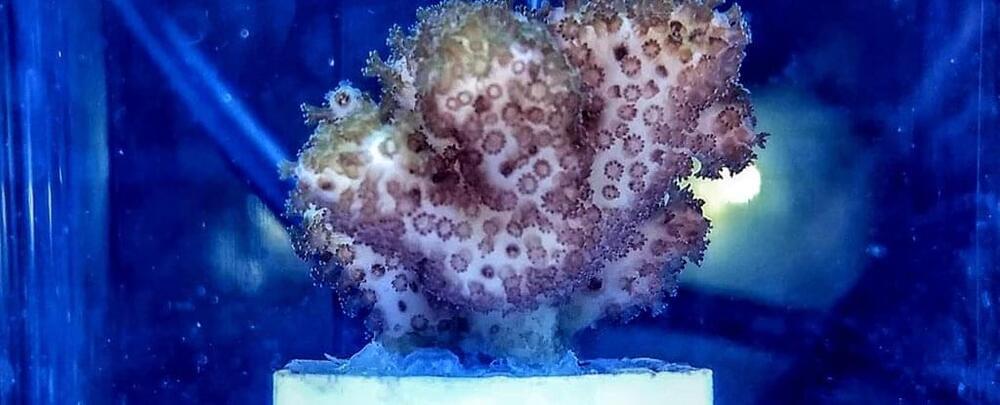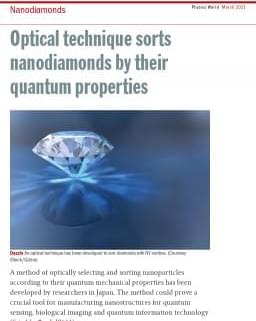Join Professor Michelle Simmons to find out how scientists are delivering Richard Feynman’s dream of designing materials at the atomic limit for quantum machines. 🔔Subscribe to our channel for exciting science videos and live events, many hosted by Brian Cox, our Professor for Public Engagement: https://bit.ly/3fQIFXB
#Physics #Quantum #RichardFeynman.
Sixty years ago, the great American physicist Richard Feynman delivered a famous lecture in which he urged experimentalists to push for the creation of new materials with features designed at the atomic limit. He called this the “final question”: whether ultimately “we can arrange the atoms the way we want: the very atoms all the way down!”
Professor Simmons will explain how to manufacture materials and devices whose properties are determined by the placement of individual atoms, and will highlight the creative explosion in new devices that has followed and the many new insights into the quantum world that this revolution has made possible.
Watch next:
Putting the sun in a bottle: the path to fusion power ▶ https://youtu.be/eYbNSgUQhdY
What is (qunatum) biology? with Jim Al-Khalili ▶ https://youtu.be/_To6oNh9-ZQ
Nanomaterials: from bench to bedside ▶ https://youtu.be/Z5FG1dSdI7E
The Royal Society is a Fellowship of many of the world’s most eminent scientists and is the oldest scientific academy in continuous existence.
